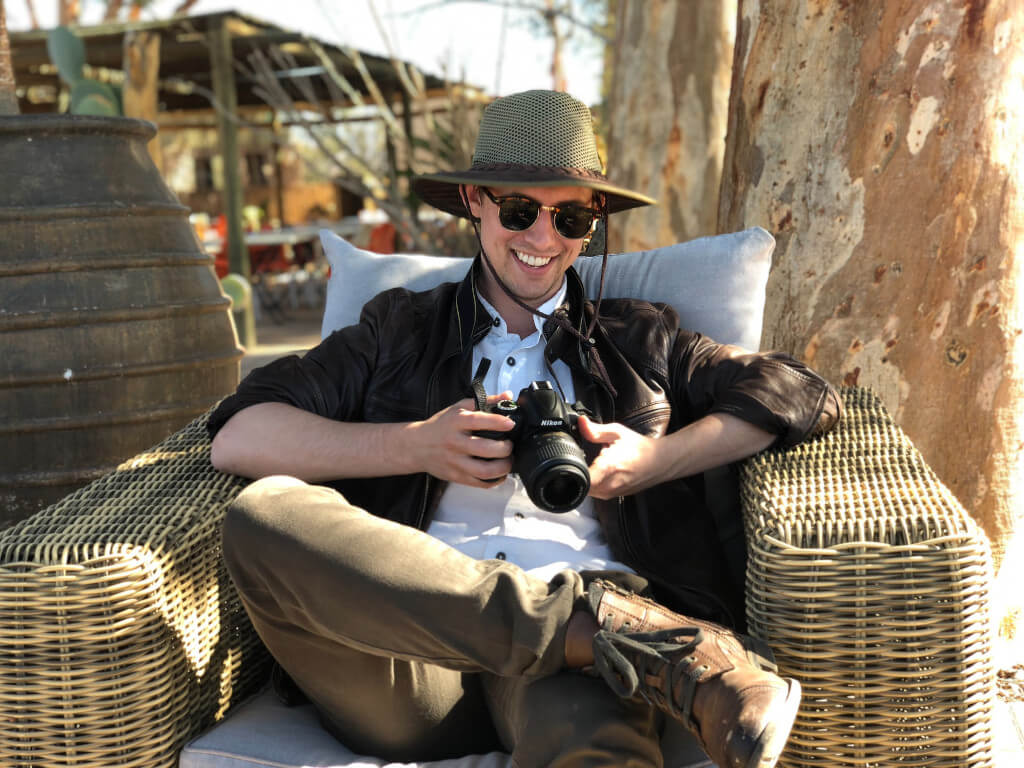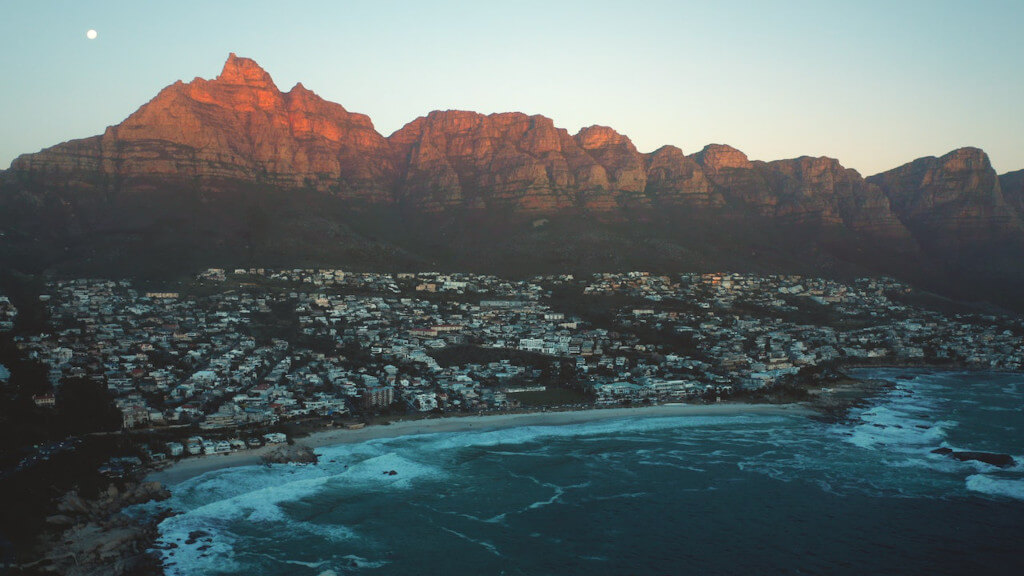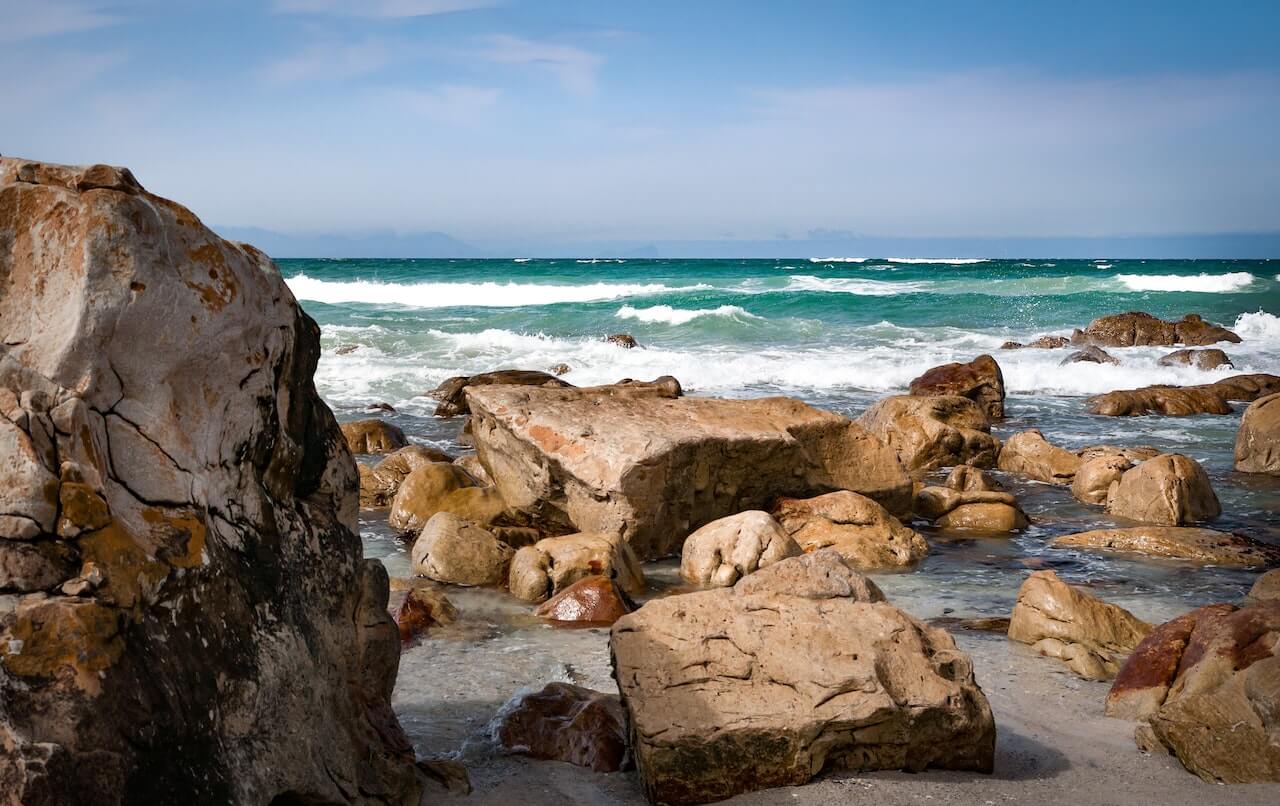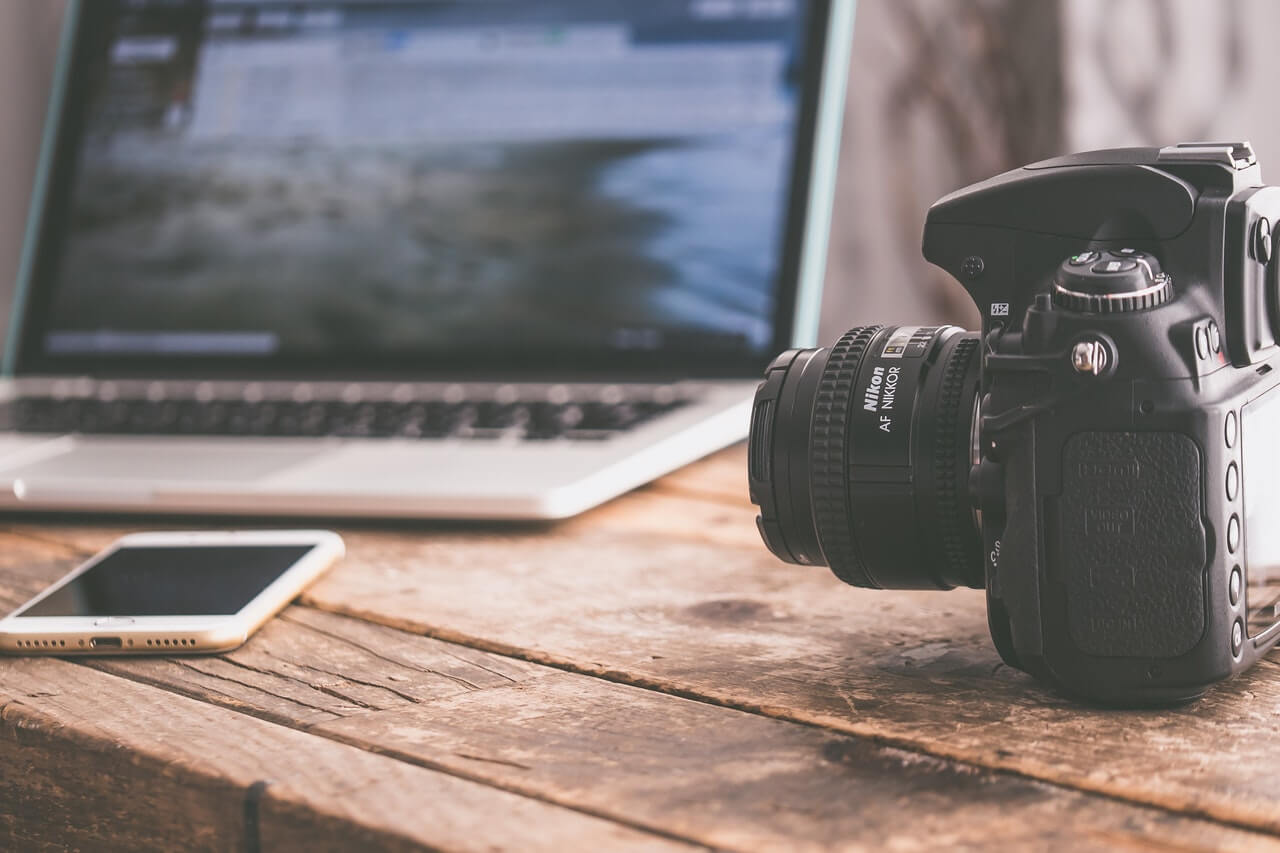It’s possible to have a magical experience on a safari that transports you far away from the stresses of everyday life and into the heart of the wilderness. If you are fortunate enough to have the opportunity to go on one of these once-in-a-lifetime excursions, you will unquestionably want to capture the greatest moments in photos that you can revisit after your trip – they are the best mementos to document the incredible sights and remind you of the memories you made along the way.
Taking photographs while on safari, however, is often more difficult than people anticipate. If you want to improve your photography skills and take some amazing pictures of wild animals, a trip on a safari might be the ideal opportunity for you to splurge on a brand-new camera. Even though the technology behind smartphone cameras has made incredible advances, the restricted digital zoom and screen glare won’t cut it on a safari.
What to Search for in Your Camera
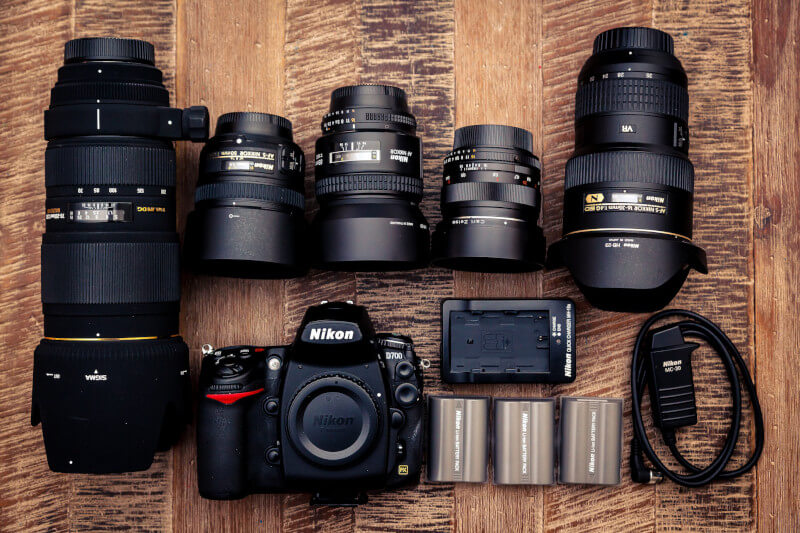
Sale Price
Even though your safari tour was unquestionably a significant financial investment in and of itself, it will unquestionably be worthwhile to spend a little bit more money on a good camera if taking photographs of interesting wildlife is your goal. There are cameras available in a wide range of price points that are already a significant upgrade from the camera on your iPhone.
You should understand that you do not require the most pricey model in order to take the best pictures, particularly if you are not a professional photographer. There are tons of competitive features available, and these features cause the price tag to go up. When deciding which features are worth spending your money on, it is important to think about the kinds of photographs you intend to take, such as up-close shots of animals engaged in their natural behaviors or wide-angle views of the landscape on your safari.
Durability
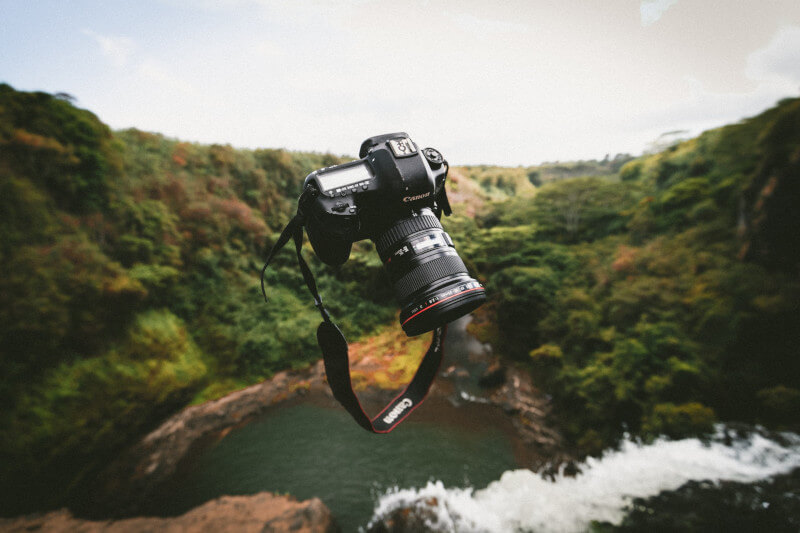
Sand, wind, rain, and bumps are some of the things that you might need to worry about, in addition to the humidity and heat. while you are on safari your camera may be subjected to difficult conditions. You will want to invest in a camera that is resistant to the elements and can operate normally despite any of the aforementioned conditions so that you will not be concerned about its performance while you are traveling.
Frequency of Images Per Second
On a safari, you will most likely be photographing subjects that are active and will be moving around while you are there. To ensure that you capture the desired image, you will need a camera that has a high frame rate per second (FPS) and is capable of shooting in rapid succession.
The Camera’s Sensor
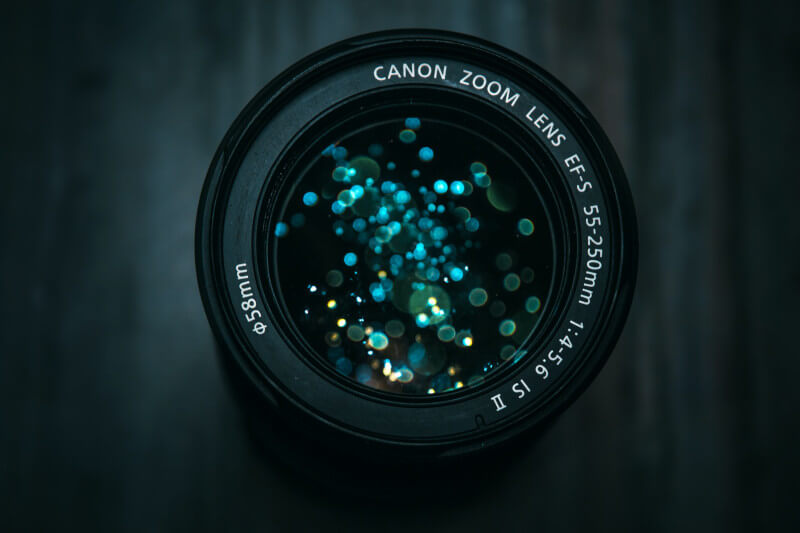
The part of a camera that is responsible for capturing the light is called the sensor. Since the sensor has such a significant impact on the overall image quality, it is an essential component that should be considered when shopping for a new camera. On a safari, you will be able to capture some of the most memorable moments of the wildlife during the early morning or late evening, when the animals are at their most energetic.
You’ll need a camera that can accurately reproduce your image as well as the colors in it under those lighting conditions. Choose a camera that has a crop sensor if you want to get closer to your subject while minimizing the amount of distortion in the image.
The Weight of Your Camera
On safari, you will be constantly moving, so the camera you bring needs to be able to withstand the rigors of travel. It should be possible for you to maintain a comfortable grip on it and use it for extended periods without experiencing any discomfort. A top-of-the-line camera that has all the special elements will be of no use to you if you are unable to bring it along with you in a comfortable manner because of baggage limitations and weight restrictions on some safaris. This is something that you should give some thought to.
It’s All in Aim!
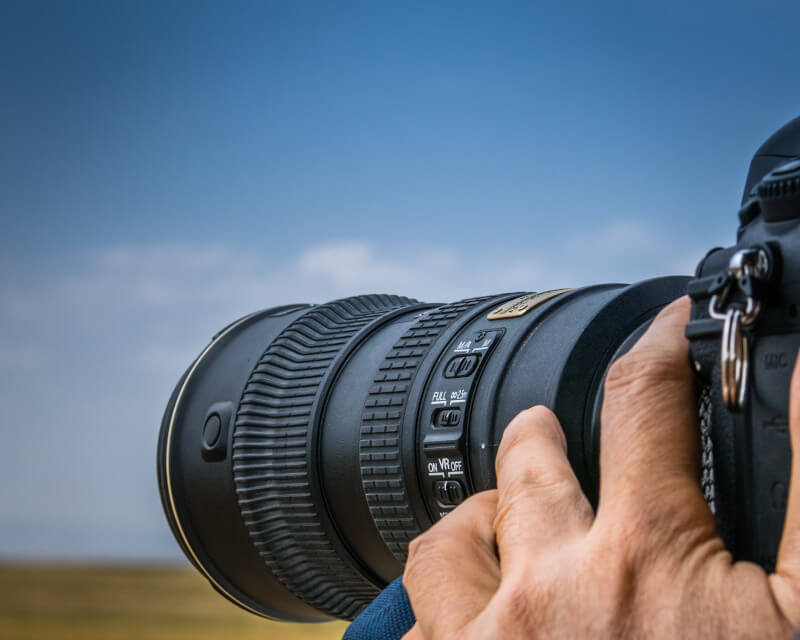
You can consider a point-and-shoot camera your first step up from the camera on your mobile phone. These cameras are small, lightweight, and simple to operate, making them ideal for beginners who don’t want to fret about too many advanced features but still want to improve the quality of their photographs.
Their larger detectors and high optical zooms will give them an advantage over your smartphone’s camera, allowing them to produce photographs of superior quality that will look fantastic when printed out, even at larger sizes. They are also within the cheaper price range, which means that you will be able to take stunning photographs without blowing your financial plan. However, because you cannot swap out the lenses, they aren’t the most versatile choice.
The Panasonic Lumix TZ-90 has excellent image stabilization, and its 30x optical zoom lens can assist you to get wide-angle shots of expansive terrains or zoom in to aid you in getting those fantastic photos of those distant wild animals. The touchscreen can be tilted to an angle that makes it easy to use, which simplifies the process of adjusting the focus as well as using the other functionalities, and it is also an excellent feature for taking selfies. Because of its small size and intuitive operation, it is an excellent camera for taking on trips.
DSLRs
Digital Single-Lens Reflex cams, or DSLRs for short, are the most versatile choice if you’re looking to achieve more professional results. Because you can switch the lens on a digital single-lens reflex camera to achieve a wider variety of photographic effects, the opportunities afforded to you by this type of camera are virtually limitless. Even entry-level DSLRs can produce photographs of a higher quality than those produced by the vast majority of point-and-shoot cameras, despite costing about the same.
The only drawback they have is that as a result of having more options, they tend to be more cumbersome because additional attachments and heavy lenses can take up more space and make you heavier. But if you’re prepared to take your photography techniques to the next level and start taking travel photos on a more consistent basis, DSLRs are indeed the tried-and-true way to go.
The Cannon
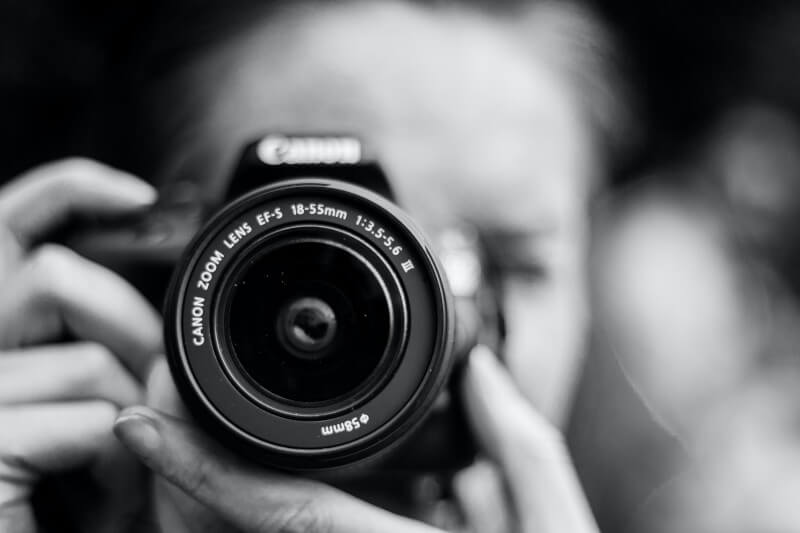
The Canon Rebel series is an excellent way to get started with digital single-lens reflex cameras. When taking pictures of wildlife, a lens with a 300mm zoom or a combination lens will give you more creative control over your shots. Wi-Fi and near-field communication (NFC) connectivity are built into more recent models and come standard. The rapid autofocus and weatherproof construction of the Canon EOS 80D make it the ideal camera to bring along on an African safari.
It has a comfortable hand grip, the ability to connect to Wi-Fi, and is suitable for the majority of lenses. The Fujifilm X-T3 is a more advanced DSLR that is in the higher price bracket. However, it is fantastic for action shots due to its fast and accurate autofocus, quick frames per second (FPS), and superior sensor. It has a body made of magnesium alloy, which makes it incredibly lightweight, and it has Wi-Fi functionality. Additionally, its vintage design will look right at home on a safari because it is fully weather-sealed.
Before you go out, you should get some practice with your camera to ensure that you are familiar with its various features and how they work. When you’re packing, give some thought to what you want to bring with you in your camera bag. Bringing a variety of lenses, as well as accessories such as tripods, UV filters, or additional rechargeable batteries and memory cards, could prove to be helpful while you’re traveling; however, you should be aware that there are strict luggage requirements.
On the majority of reserves, the use of drones is prohibited; however, if you are determined to capture some overhead shots, you can get in contact with your tour provider to find out what their policies are in this regard. Maintain a respectful attitude toward the natural world as well as the culture of the area at all times. During your exciting safari adventure, once you’ve prepared all of your belongings and selected your camera, you’ll be ready to take pictures that will blow people’s minds and create memories that will last a lifetime.

